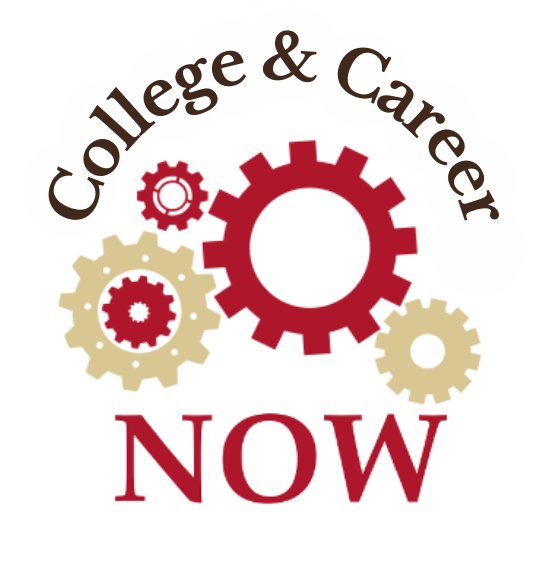
Back to Basics
By Karen Arnold
Associate Professor, Educational Leadership & Higher Education, Boston College
When my daughter was 14, I asked her whether she thought she might like to go to college at the university where I taught. She had been to my campus countless times by then, most often to the School of Education where my office and classrooms were located. My daughter answered that she wouldn’t choose to attend my college because it was too small. With some surprise, I told her that we had 14,000 enrolled students. Her reply: “How do they fit them in that building?”
I was taken aback that my daughter hadn’t realized that the entire campus was part of the university. I’d never really told her exactly what a university was, though. I guess I thought that she –that anyone—would just know that.
So imagine the assumptions and misperceptions of high school students who do not grow up visiting college campuses with their professor parent. Indeed, in my role as a researcher of college access, I have come across innumerable instances of similar disconnects between what we educators assume students know and what they actually know:
“I’m not interested in liberal arts. I’m not liberal and I don’t want to study art!”
“What is a passing score on the SAT?”
“I don’t know what I want for my career, so I can’t start college yet.”
“This college costs $60,000—there is no way I can afford that!”
“The FAFSA gets you scholarships, right?”
Why in the world should we expect a 16- or 17-year-old to know unwritten yet crucial terms and concepts like the definition of liberal arts, the difference between sticker price and cost, or the components of financial aid? How would they know why it might matter that institutions are public, private, for-profit, in-state, or out-of-state? And what does it mean for college counseling to stop assuming such common understandings?
It means that we need to communicate and unpack basic information about higher education and about every other aspect of the college choice, application, and financial aid process. We need to “pressure test” students’ understanding of this information. It means avoiding the term “financial aid” until and unless we’re sure students understand that assistance in paying for college comes from a combination of family contribution, grants, loans, work, and scholarships and what each of these represents. Above all, it means checking ourselves for what we assume “everyone” knows.
